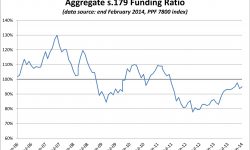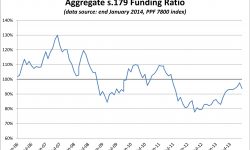Something Different: March 2015 Solar Eclipse

20 March 2015 Well the solar eclipse came and went under the glare of incredible media and popular attention. Hopefully it will have ignited some sustained interest and excitement amongst the next generation! I wanted to thank you for some really kind feedback on the previous posting (below) and some general interest in my hobby of astronomy. I’ve therefore set up an informal personal blog on the subject: www.orionwatching.org – please pay a visit if you have a spare moment! 27 February 2015 On this Friday afternoon, perhaps a little whimsically, I’ve chosen to write on a subject that has…









